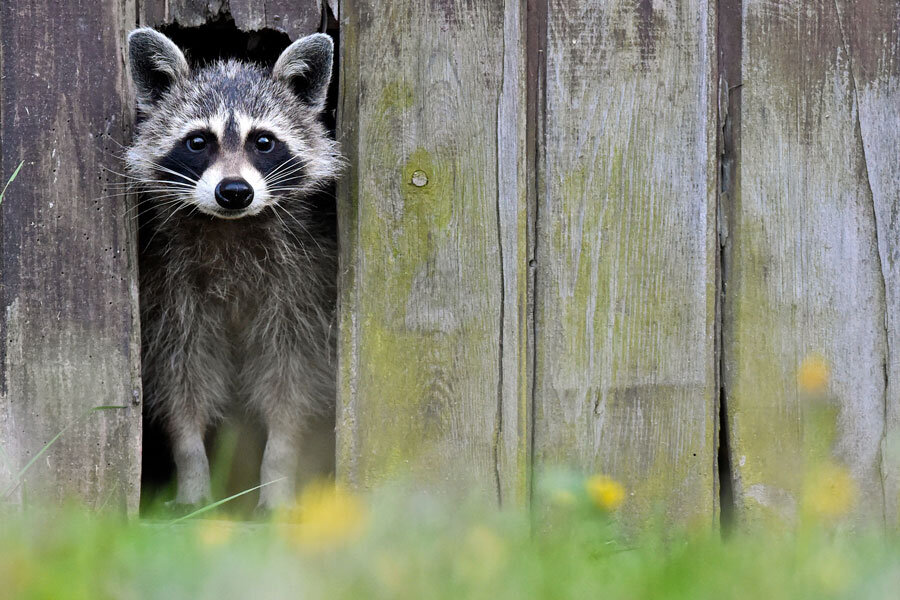Why scientists say more animals need to be scared
Loading...
Fear is an essential part of ecosystems, scientists found in a study published Tuesday in the journal Nature Communications.
Wildlife biologists and ecologists have already confirmed fear’s cascading effects down the food web among smaller animals like spiders and crabs. But this study published by Liana Zanette, a biology professor at the University of Western Ontario, and PhD student Justin Suraci, confirms that the fear induced by large carnivores is a necessary component of healthy ecosystems.
Professor Zanette and her colleagues studied raccoons on British Columbia’s Gulf Islands. Since humans wiped out all of the large carnivores on the island (like cougars, wolves, and bears) about a century ago, raccoons have devastated local populations of songbirds, crabs, and fish. Because of their lack of fear of predators, raccoons have been able to fill their bellies, unabated.
“By both killing and frightening their prey, large carnivores could have a dual impact on these dual cascades, for the straightforward reason that frightened prey (in this case large herbivores and mesocarnivores) eat less,” the authors explain in their study. “The mere presence of large carnivores may therefore give rise to a ‘landscape of fear,’ buffering lower trophic levels from overconsumption....”
To prove the power of predator fear once and for all, Zanette and her team blasted the sounds of large predators such as dogs from nearby speakers. While the sounds of barking dogs reverbated through the woods, local raccoon populations spent 66 percent less time foraging in tidal zones. And after a month, the team found 81 percent more fish, 59 percent more worms, and 61 percent more red rock crabs.
“Our experiment reversed this now unrestrained foraging by restoring the fear of large carnivores to a system from which it has largely been lost, revealing the significance of the ecosystem service the presence of the now extirpated large carnivores (wolves, cougars and black bears) provided, solely through the fear they inspired,” the authors explain in their paper. So “when it comes to conserving biodiversity and maintaining healthy ecosystems, fear has its uses.”
The "landscape of fear" concept has been long suspected. When wolves were reintroduced in Yellowstone National Park in the 1990s, ecologists cited the concept for growth across the ecosystem. Elk were so fearful of their predators that they ate less shrubs, allowing other species like songbirds and beavers to return to the ecosystem.
“The experiment is elegant, inarguable, and far-reaching,” Joel Brown from the University of Illinois at Chicago told The Atlantic about Zanette’s study. “I shall certainly use it as a landmark example of the ecology of fear.”
But Zanette and her colleagues fear for the lack of fear: large carnivores are disappearing from the Earth. More than 75 percent of the world’s carnivore species are in decline, a 2014 paper in Science reports.
All the more reason to protect apex predators: a balanced ecosystem depends on it.
“We now have the tools to experimentally manipulate fear in wildlife,” Suraci tells Gizmodo. “And these should be used to build a general understanding of how the fear of predators structures ecosystems, information that may be critical to effective ecological restoration.”






